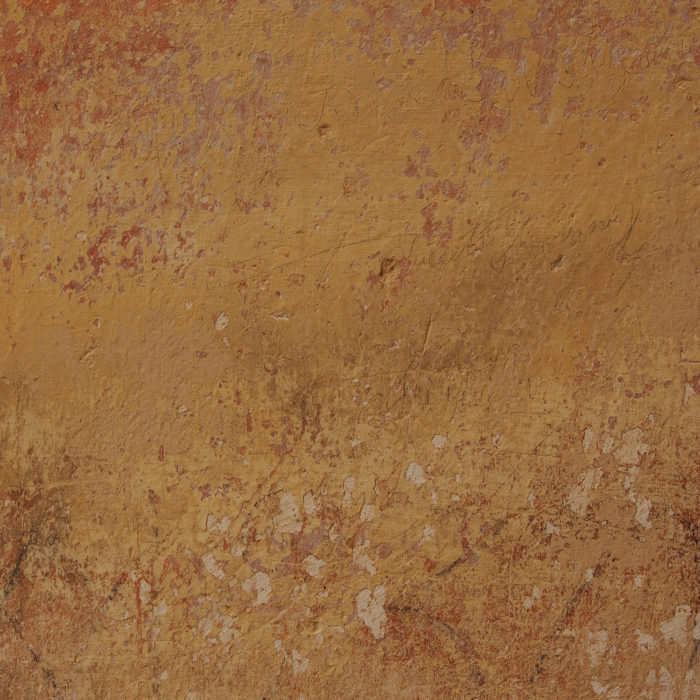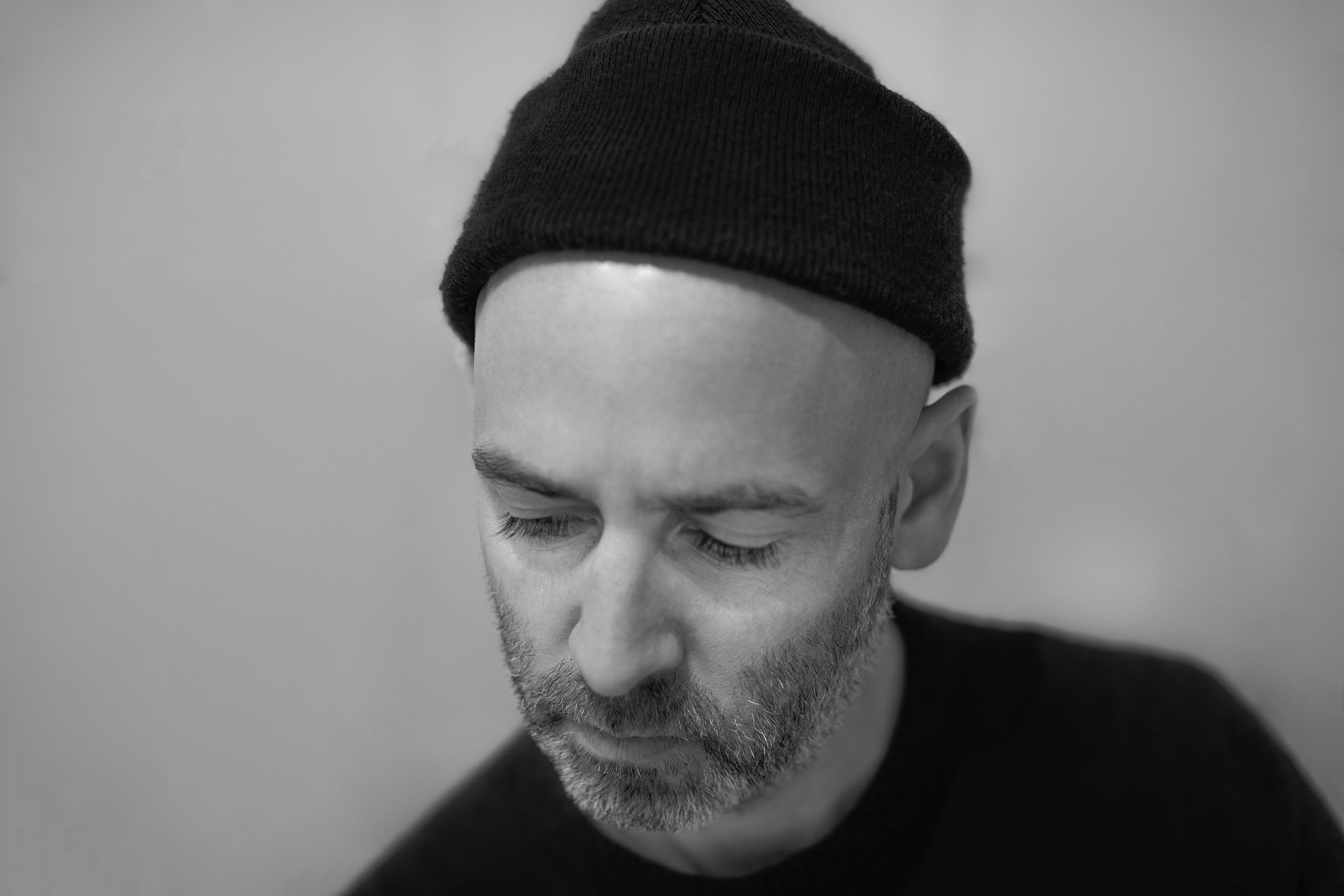Zimoun is best known for his installative, generally site-specific, immersive works. He employs mechanical principles of rotation and oscillation to put materials into motion and thus produce sounds. For this he principally uses simple materials from everyday life and industrial usage, such as cardboard, DC motors, cables, welding wire, wooden spars or ventilators. For his works Zimoun develops small apparatuses which, despite their fundamental simplicity, generate a tonal and visual complexity once activated – particularly when a large number of such mechanical contraptions, generally hundreds of them, are united and orchestrated in installations and sculptures.
Zimoun’s works continually embrace oppositional positions, such as the principles of order and chaos. Works may be arranged in a geometrical pattern or ordered and installed according to a system, yet they behave chaotically and act – within a carefully prepared framework of possibilities – in an uncontrolled manner as soon as they are mechanically activated. As if in a clinical study, the pattern and the systematic approach enable an overview, so that the chaos generated by the mechanical process can be better analyzed. Mass and individuality also belong among these oppositional positions. The artist often employs a large number of identical elements, but each element develops its own individuality and unique nature through the dynamic interplay of mechanism, rotation and material. The mechanical elements, prepared by hand in the studio, which have a consistently reduced, minimalistic form, function and aesthetic, possess only apparent precision, because the manual production creates divergence from the ideal treatment of the material, allowing imprecisions that emphasize the emerging individual behavior of the materials, enable it or indeed provoke it.
In addition to his installative compositions, Zimoun also develops purely acoustic works. Although the two genres – visual, un-controlled, accidental compositions and musical compositions for sound recording and performance that are laboriously constructed in the studio – may seem quite different at first, both emerge from the artist’s interest in creating spaces and acoustic states which are composed of microscopically small sounds and noises. Zimoun’s recordings are often, like the performative concert arrangements, conceived of for multi-channel sound systems. Through the implementation of multiple loudspeakers, listeners are placed within a three-dimensional sonic architecture which cannot be discovered visually, but only acoustically. Zimoun also works on recordings with other artists from music and the visual arts. Many of these recordings have been released by the Leerraum label, which he founded in 2003 together with graphic designer Marc Beekhuis and which is focussing on reductive concepts.
Zimoun lives and works in Bern, Switzerland. His work has been presented internationally. Recent displays of his work include exhibitions at the Hayward Gallery London; Museum of Contemporary Art MAC Santiago de Chile; Nam June Paik Art Museum Seoul; Kuandu Museum Taipei; Museum Haus Konstruktiv Zurich; Art Museum Reina Sofia Madrid; Ringling Museum of Art Florida; Mumbai City Museum; National Art Museum Beijing; LAC Museum Lugano; Seoul Museum of Art; Museum MIS São Paulo; Muxin Art Museum Wuzhen; Kunsthalle Bern; Taipei Fine Arts Museum; Le Centquatre Paris; Museum of Contemporary Art Busan; Museum of Fine Arts MBAL; Kunstmuseum Bern; Museum Collection Lambert Avignon; among others.
zimoun.net


